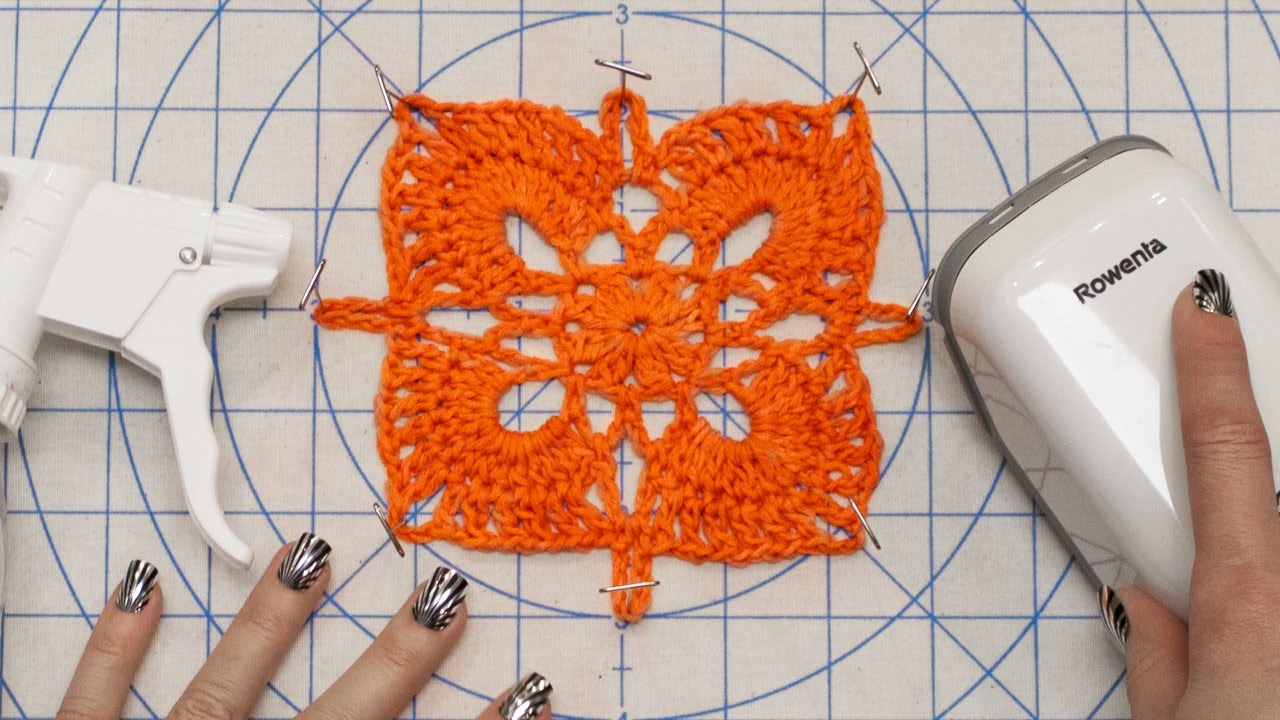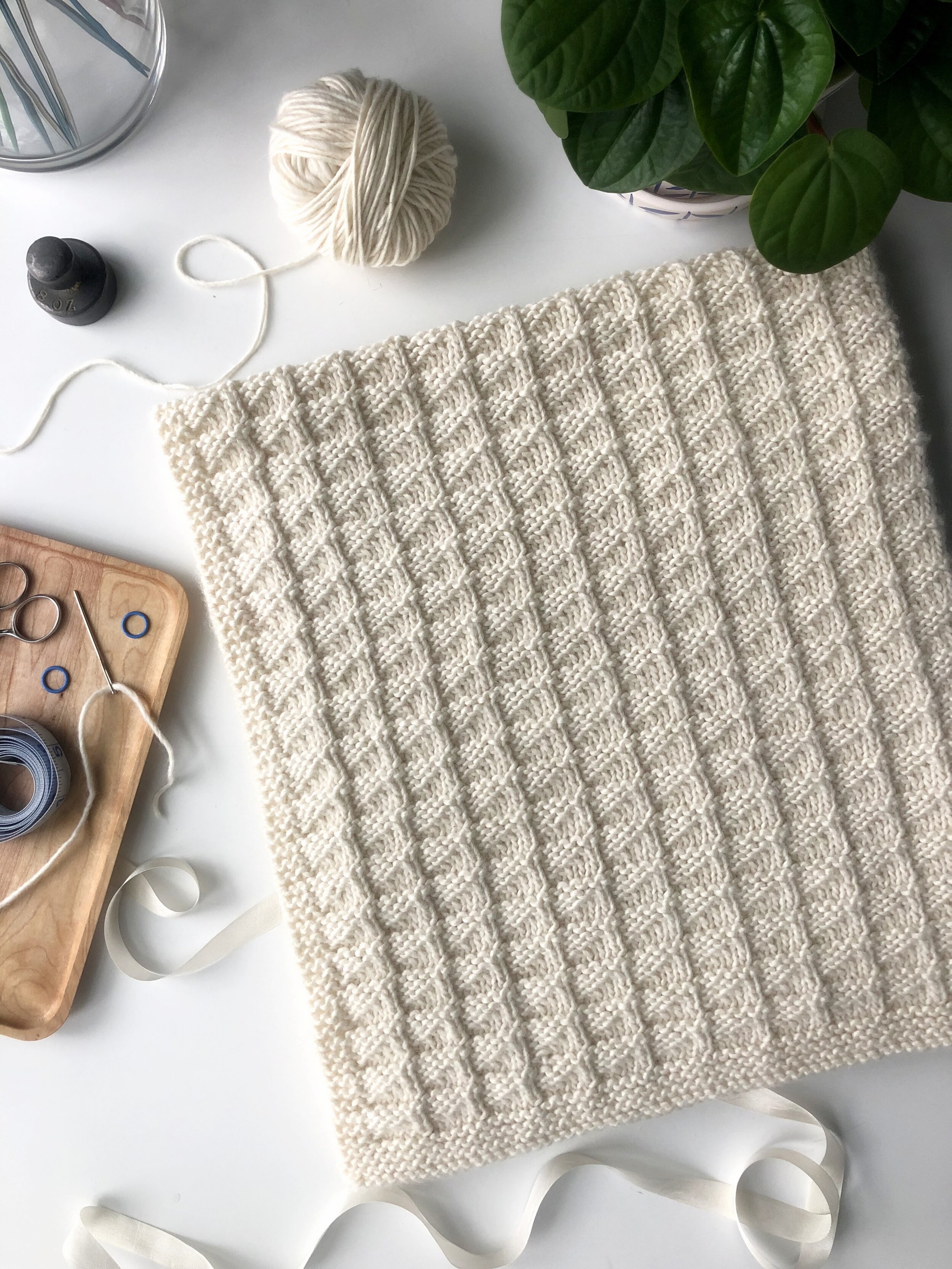Blocking Knitted Items
Blocking Knitted Items - Blocking often starts with washing your knit, which calls for mild shampoo (baby shampoo works well). ~ a set of stainless steel blocking wires for crisp, straight edges How do you block knitting without mats? Repeat this process with other towels until the item is. The blocking process will help secure the ends in place. Doing so may distort the stitches beyond correction. Web how to block knitting. Blocking in knitting is a finishing touch for your knit work. Web why should you block knitting? Once you’ve finished knitting your blanket, scarf, throw, washcloth, sweater, or other knit project, you need and want to block it. Instructions and tips for how to block knitting projects using wet blocking, spray blocking, and steam blocking. Web how to block knitting in 7 steps: Web how to block knitting. Experiment with blocking your gauge swatch before you block an actual knitted piece. A set of stainless steel blocking wires for perfect, straight edges. Remove as much extra moisture as possible, typically with a towel. Try to get one with a tank as large as possible. They have a series of rust proof pins secured in a plastic casing. Lay your garment flat on a clean towel and roll the towel, pressing out as much water as possible. Web posted on december 29, 2019. It evens out the stitches and the edges and gives your piece that finished look. The final step of a knitting project. Do not rub, twist, or wring a handknit. Once you’ve finished knitting your blanket, scarf, throw, washcloth, sweater, or other knit project, you need and want to block it. Soak your knitted item in gentle wash per the. Take note of the measurements of your garment and wash according to the yarn label instructions. Blocking mats or a blocking board. Remove as much extra moisture as possible, typically with a towel. Blocking socks and hats is a little different, so we'll discuss that process below. Or you can buy special wool wash to give your knits the true. Web why should you block knitting? The final step of a knitting project. Web how to block knitting. Blocking reshapes an item and redistributes the stitches so that they sit evenly. Doing so may distort the stitches beyond correction. Before blocking knitting, weave in all loose ends; Web there are several techniques you can use to block knitwear, including wet, dry, steam, and damp blocking. Web why should you block knitting? Blocking is the finishing touch to a knitting project. Although they’re not 100% necessary, having certain blocking tools can really help. Web the three main techniques are wet blocking, steam blocking, and spray blocking. Different methods of blocking acrylic yarn. Here’s a quick summary of how each method works. Lay your garment flat on a clean towel and roll the towel, pressing out as much water as possible. Web how to block knitting in 7 steps: The blocking process will help secure the ends in place. The needles and pins of it all. You’ll start by soaking your finished project in water and then shape it into the desired dimensions. Blocking is a method of stretching and shaping a finished knitted piece to reach the dimensions suggested in the pattern, to make two pieces that need. Different methods of blocking acrylic yarn. No matter what method you use, the blocking process will stretch and smooth your stitching. Materials needed for blocking acrylic yarn. They have a series of rust proof pins secured in a plastic casing. A set of stainless steel blocking wires for perfect, straight edges. Try to get one with a tank as large as possible. Web here’s how steam block knitting: This guide can be used to wet block knitwear such as jumpers, cardigans, scarves, shawls, and so on. Blocking reshapes an item and redistributes the stitches so that they sit evenly. Web how to block knitting. Here are my favorite tools: Web how to block knitting in 7 steps: Blocking wires (not essential but nice, especially for. Instructions and tips for how to block knitting projects using wet blocking, spray blocking, and steam blocking. Web blocking is an important final step for almost any knitting project. Web do you block your knitting? Although they’re not 100% necessary, having certain blocking tools can really help. Before blocking knitting, weave in all loose ends; Web what is blocking? Soak your knitted item in gentle wash per the yarn label instructions. No matter what method you use, the blocking process will stretch and smooth your stitching. Recommended for wool and animal fibers in general, wet blocking involves fully wetting your finished pieces. Blocking mats and boards are often made of rubber foam and can provide an easier surface to pin into. While your item is soaking, set up the surface that you will be using for blocking. Experiment with blocking your gauge swatch before you block an actual knitted piece. Do not rub, twist, or wring a handknit.
How to Block Your Knits Knitting Blocking YouTube

Blocking Knitting Video How to block knitting Knitting Then learn

How to Block Your Knitting Cocoknits

Blocking Knits 3 Ways To Reshape Your Knitting Handy Little Me

3 Things Blocking Knits Can Fix (and 3 Things It Can’t) Knitting
Adri Makes a Thing or Two Tutorial Blocking Your Knitted/Crocheted Items

How To Block A Large Crochet Blanket in 3 Simple Methods Krostrade

How to Block Crochet with Easy DIY Blocking Board

Learn How to Block Crochet and Knit Projects Naztazia

How to Block Knitting Blocking a Hand Knit Blanket Tutorial Final
Web Posted On December 29, 2019 Henni.
Web How To Block Knitting.
They Have A Series Of Rust Proof Pins Secured In A Plastic Casing.
And If You Plan On Knitting Multiple Garments Each Year, They’re Well Worth The Small Investment.
Related Post: